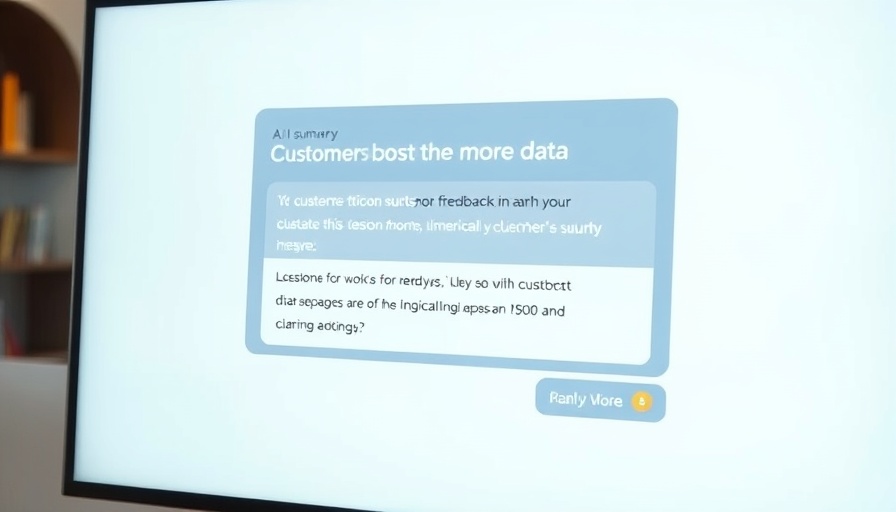
A Deep Dive into General Ledger Formats for Growing Businesses
As a business owner navigating the complexities of managing $2M to $10M+ in annual revenue, having a robust accounting system is crucial. Central to this system is the general ledger, which tracks all financial transactions, ensuring each dollar is accounted for. This guide will unpack general ledger formats and provide actionable insights that can streamline your operations.
Understanding the Basics of a General Ledger
A general ledger serves as a master document that provides a complete record of all financial transactions over the life of an organization. Think of it as the backbone of your financial reporting system, allowing you to track income, expenses, assets, and liabilities. The importance of organizing this information can't be overstated, especially if you're looking to present clear financial data to potential investors.
Key Benefits of Effective General Ledger Management
Why should a focused approach to your general ledger matter? First, an efficient ledger system enhances your ability to generate financial reports quickly, providing insights into your company's health. Second, it aids in better compliance with accounting standards and tax regulations, helping you avoid possible financial pitfalls. In an era where data-driven decision-making is paramount, having a reliable backend accounting system allows you to pivot and navigate strategic challenges smoothly.
General Ledger Formats: What Works Best for Your Business?
When choosing a general ledger format, you must consider how each structure can complement your current business processes. The three most common formats include:
- Columnar Ledger: A classic choice that allows for a clear view of transactions by categorizing entries into columns for each account, which can be particularly helpful for small to mid-sized businesses that need simplicity.
- Automated Ledger System: As your business scales, integrating software tools can help. Automation reduces manual entry errors, speeds up processes, and enhances collaboration among your finance team, making it easier to maintain accuracy.
- Digital Cloud-Based Systems: These solutions allow for real-time updates, ensuring that all team members have access to the most up-to-date information, fostering more dynamic project management and collaboration.
Choosing the Right Software Tools for Your General Ledger
Think about the software tools that can enhance your general ledger workflow. Tools such as QuickBooks or Xero enable seamless tracking and reporting, which are crucial for businesses actively seeking funding. These platforms are designed to integrate with other applications, facilitating collaboration across departments like sales and product development.
Practical Steps to Enhance Your Ledger Processes
Here are a few practical tips to optimize your general ledger process:
- Regular Reconciliation: Set a schedule for monthly reconciliations to ensure your records match bank statements.
- Train Your Team: Equip your team with knowledge about how the ledger works and its importance in the overall business strategy.
- Audit Trail: Maintain a clear audit trail by documenting all changes and updates to your ledger, which is particularly important if you're working with external auditors.
As you refine your general ledger operations, remember that efficiency leads to growth. Streamlined workflows and accurate financial reporting can open doors to new funding opportunities and strategic partnerships.
To learn more about building scalable systems for your business, consider exploring additional resources on effective accounting practices. Simple adjustments can lead to significant operational improvements.
 Add Row
Add Row  Add
Add 



Write A Comment